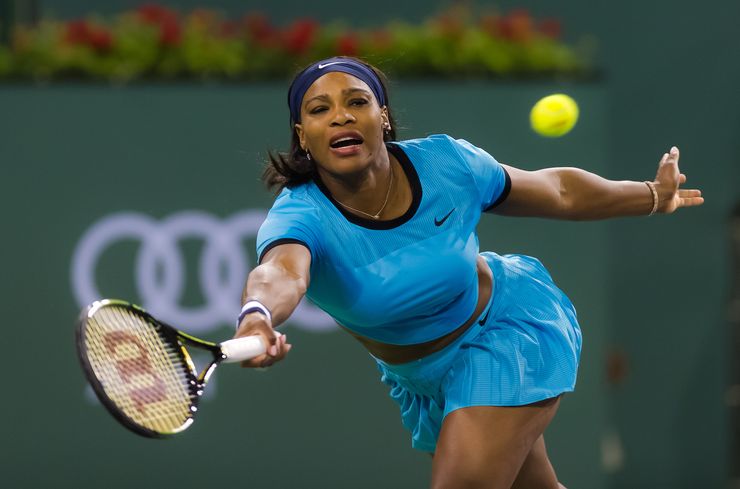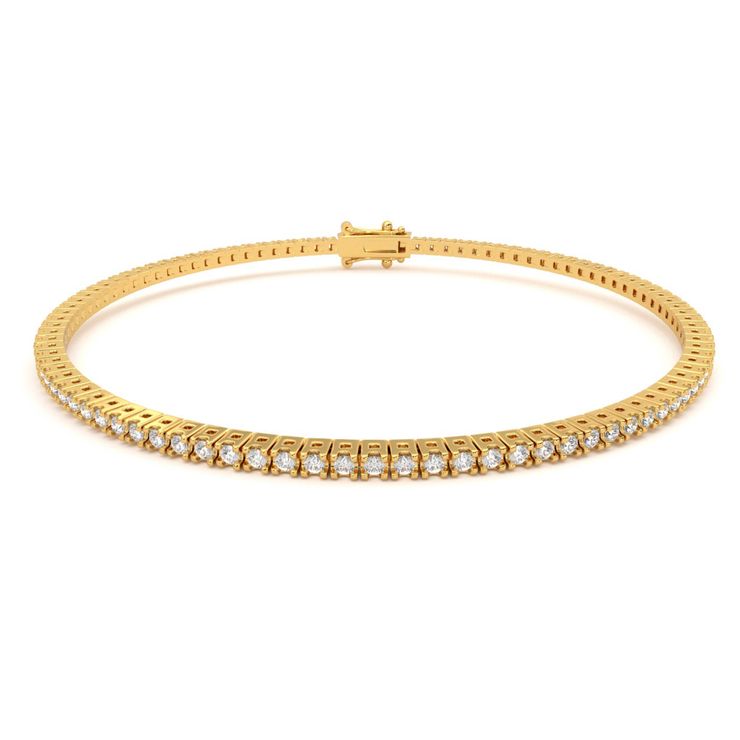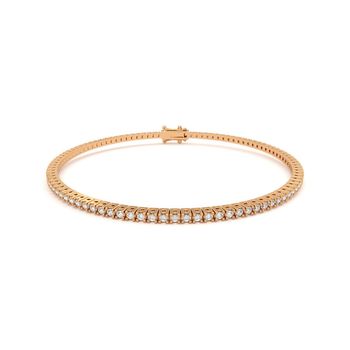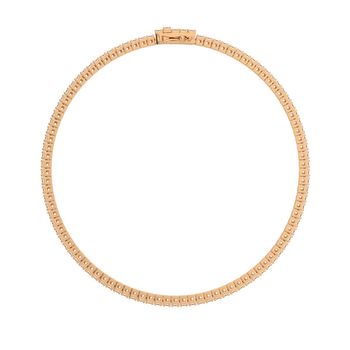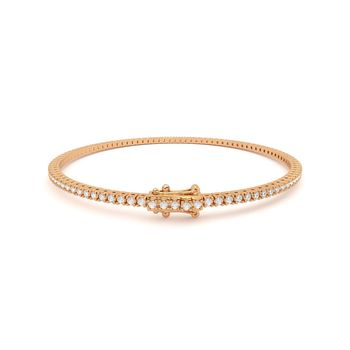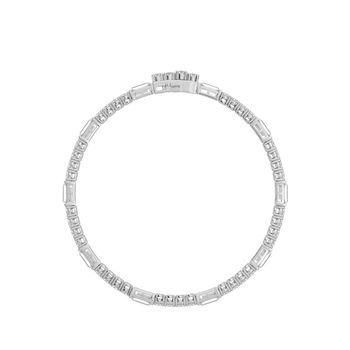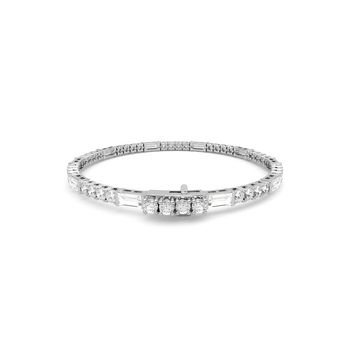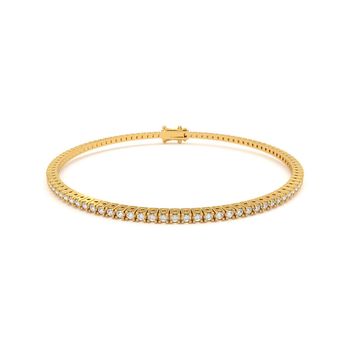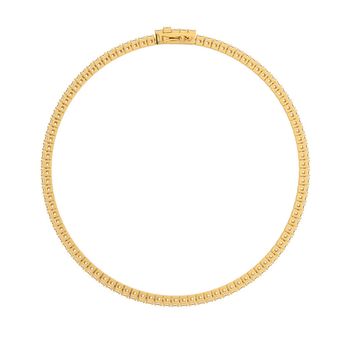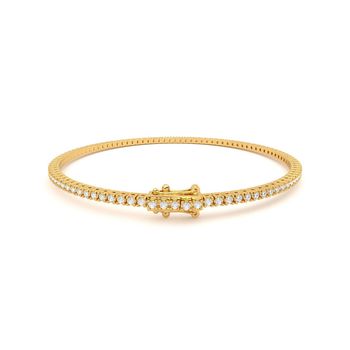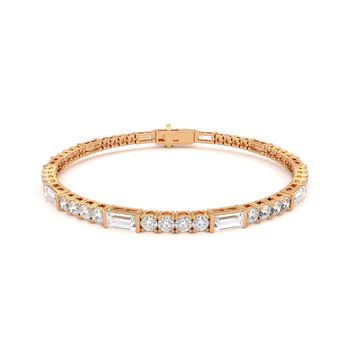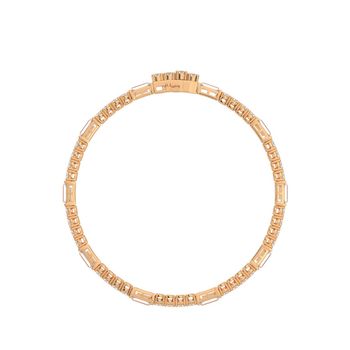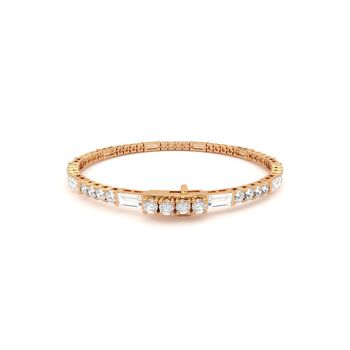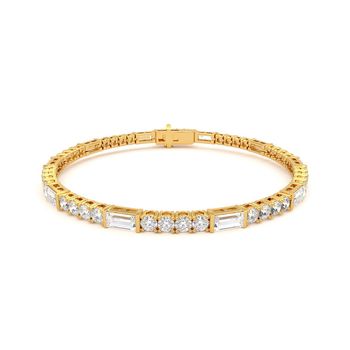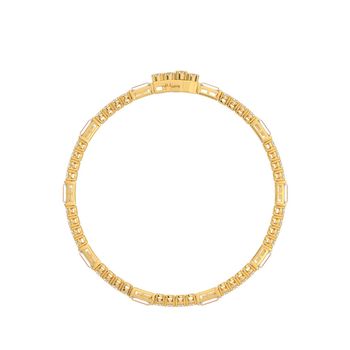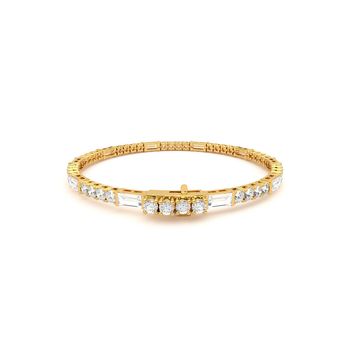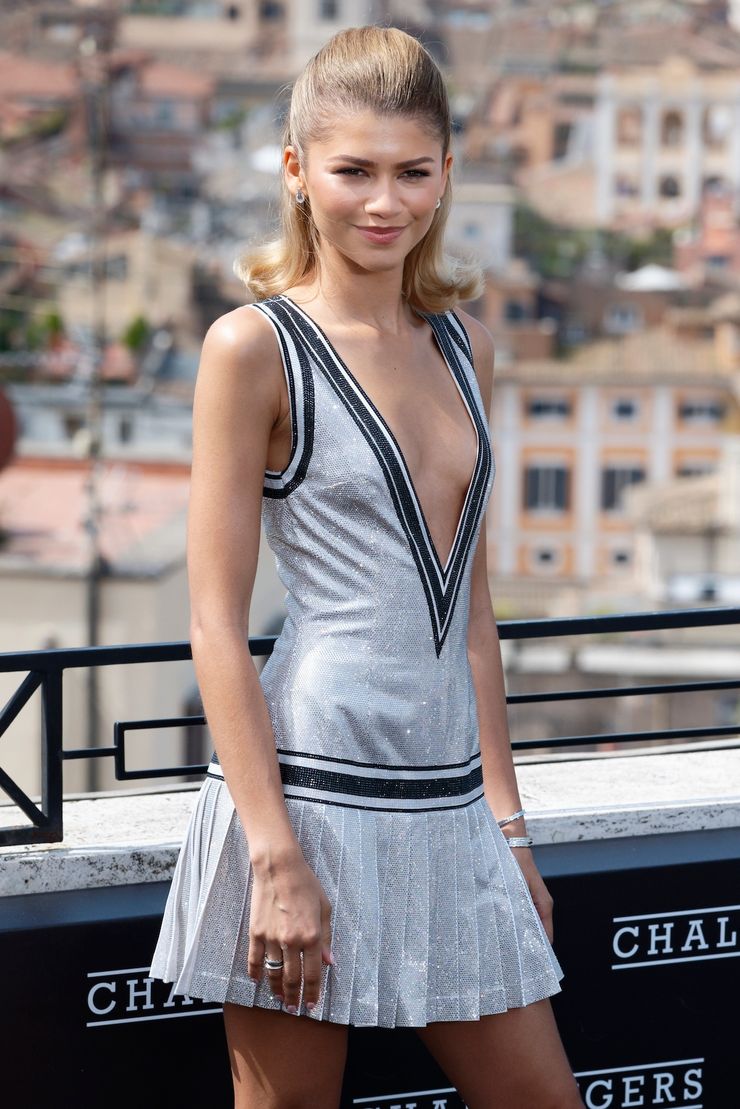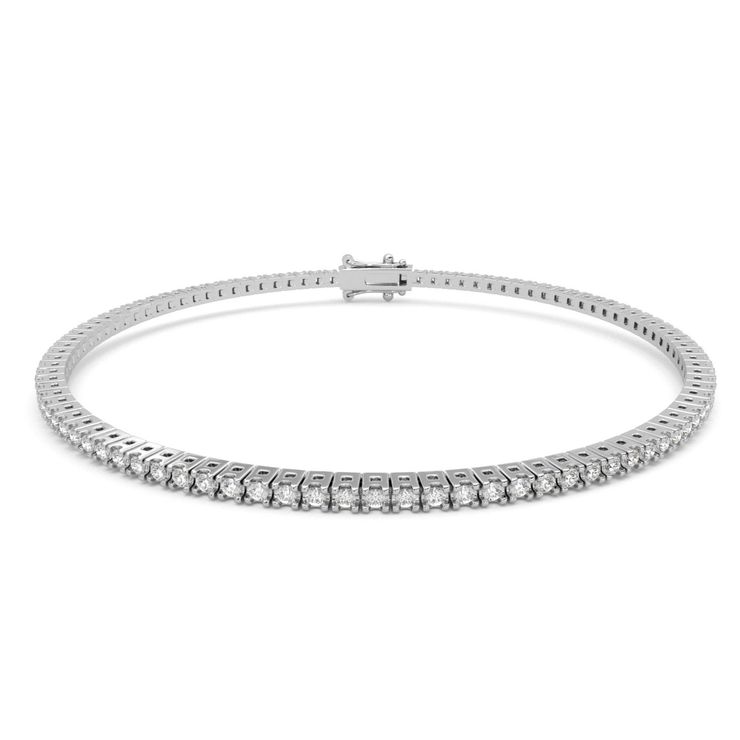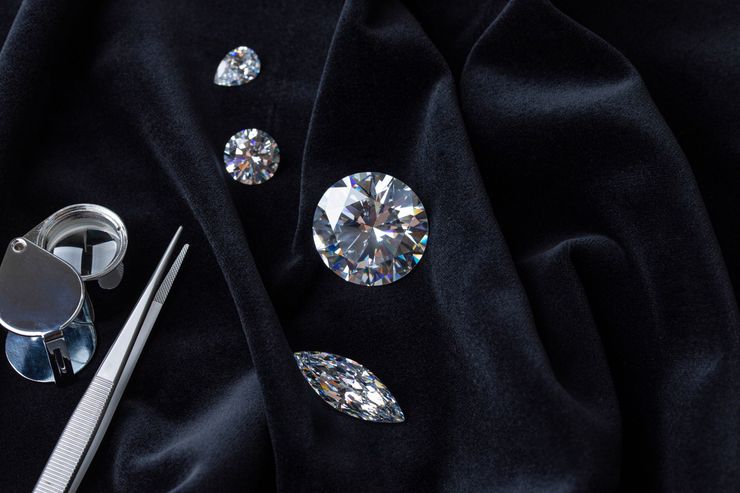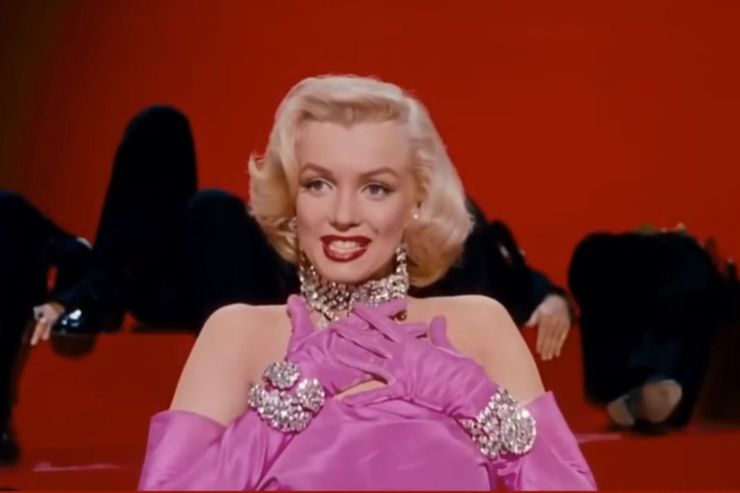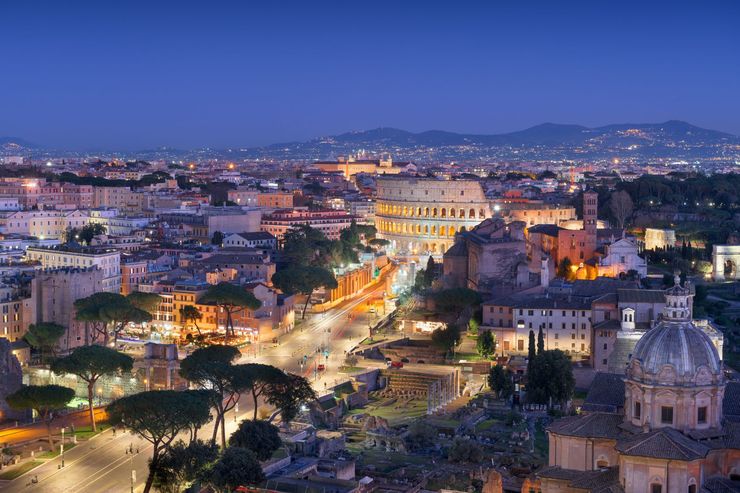Following the infamous ‘70 incident, tennis bracelets became a must-have accessory. Their popularity soared in the 1980s and 1990s, symbolically tying together luxury and an active, modern lifestyle. Celebrities and fashion icons were often seen sporting tennis bracelets, thus reinforcing their ‘It’ status.
Today, tennis bracelets are a bona fide staple in fine jewellery collections worldwide. The designs are continuously innovated, with versions boasting varying stone sizes, multicoloured gemstones and contemporary settings. Despite these twists, the classic diamond tennis bracelet remains a beloved choice, at least in part, because of its timeless feel.
They still look as good with a casual, preppy outfit as they do with evening-wear, and make as much of a statement as a hero piece as they would stacked with multiple bracelets on the wrist. They also still have that sentimental value attributed to their eternity bracelet iteration and are often gifted for significant life events like anniversaries and other milestones.

